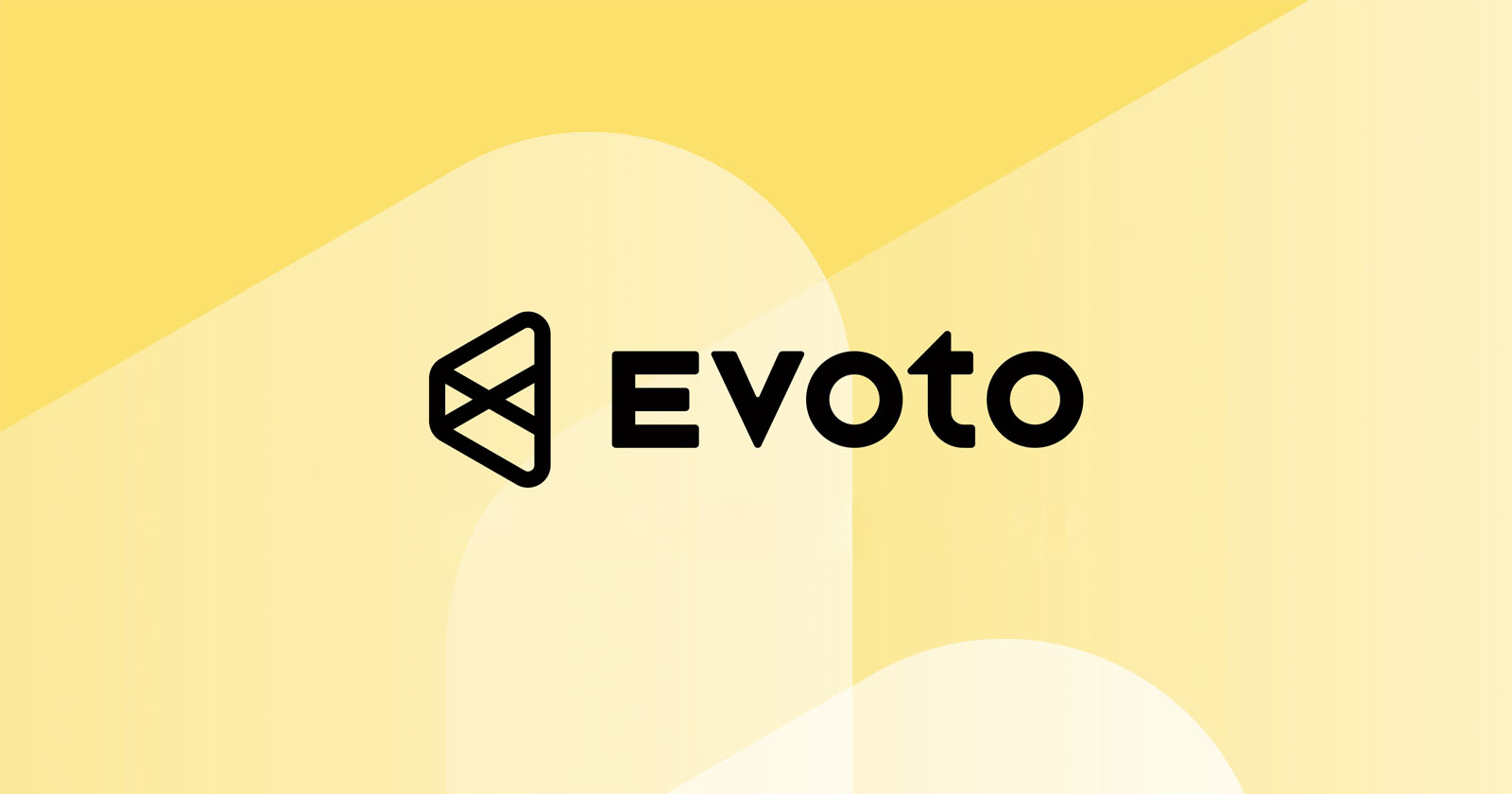
At its first-ever brand event, Evoto One, Evoto announced a sweeping expansion of its platform with new desktop, mobile, and video tools. Evoto has lofty goals and some powerful, entrenched competition, but it likes its odds.
At Evoto One, PetaPixel covered the unveiling of three major additions to Evoto’s suite of tools. First, Evoto Desktop 6.0 builds on the flagship editing platform by adding AI Culling, Cloud Spaces for real-time syncing, and enhanced retouching and color correction features aimed at speeding up workflows for pro photographers.
Meanwhile, Evoto Instant extends Evoto’s tools into a mobile app for iOS and Android, with tethering, automated culling, gallery branding, and preset-based workflows designed for event and wedding shooters.
Lastly, Evoto Video marks the company’s entry into professional video retouching, offering skin cleanup, color matching, face recognition, and batch color corrections, all with the same AI-powered precision that Evoto’s photo users have come to expect.
What Does ‘Evoto’ Mean?
“Evoto” stands for the evolution of photo editing, and the name embodies the company’s broader philosophy: combining cutting-edge AI technology with the artistry and control that professional photographers demand. According to Peterson, the name reflects a commitment to modernizing and simplifying post-processing without sacrificing creative intent.
“Editing can be complex and time-consuming,” he explains. “Evoto exists to remove repetitive, technical burdens so photographers can focus on the creative decisions that matter most.”
By integrating AI-powered retouching, batch processing, and workflow automation across desktop, mobile, and video platforms, Evoto aims to transform the editing process into a more fluid, efficient, and enjoyable experience. The name also signals a forward-looking approach: as photography and multimedia continue to evolve, Evoto positions itself as a platform that adapts to new technologies, techniques, and creative demands, helping users stay ahead in a rapidly changing landscape.
Founded in 2022 by AI and graphics specialists at Truesight Technology Inc., Evoto AI is headquartered in Menlo Park, California, and already serves millions of users in 158 countries. With a team of 500 employees, the company continues to grow rapidly.
What Makes Evoto Different
Asked what makes Evoto different from existing tools like Skylum’s Luminar Neo or Topaz Photo AI, Peterson is quick to clarify a point of terminology: Evoto isn’t “AI-based,” but “AI-powered” — an important distinction for the company.
“Evoto was intentionally built for portrait and event work,” Jay Peterson, U.S. Spokesperson for Evoto says.
Citing weddings, sports, school, and family photography as core use cases, Peterson explained that the platform streamlines traditionally time-consuming edits such as skin retouching, hair cleanup, and glare correction. Proprietary algorithms allow these adjustments to be made with intuitive sliders, batch processing, and precision controls, often in seconds rather than hours.
While other platforms specialize in specific aspects of editing, Evoto emphasizes a full workflow. Professional-level color grading, retouching, and enhancement are built into a single system, meaning photographers don’t need to jump between multiple tools.
“It’s more than just a post-production platform,” Peterson says. “It’s a next-generation editing assistant.”
Proprietary Technology as the Foundation
Evoto’s key differentiator, according to Peterson, is that its core technology is developed entirely in-house. Every algorithm is proprietary, informed by feedback from professional users, and designed to solve real-world editing challenges.
The software spans macOS, Windows, and iPad, with the iPad version offering 80–90% parity with desktop features. Regular updates every four to six weeks keep both versions aligned while adding new tools.
Complex edits like dodge and burn, blemish removal, or stray hair cleanup are simplified into single-slider controls. Peterson emphasizes that these are not adapted from other systems, but built specifically for photographers who need efficiency without sacrificing quality.
A Different Business Model
Unlike many competitors, Evoto doesn’t rely on traditional subscription pricing. Instead, it operates on a credit-based model: all features are available to every user, but credits are only consumed when images are exported.
“One exported image equals one credit,” Peterson explains. “This makes our platform fair and flexible — accessible to photographers editing a handful of images or thousands.”
Bulk credit purchases reduce the per-image cost, and enterprise packages are available for high-volume clients. The model, Peterson says, not only keeps Evoto affordable but also supports its frequent software updates.
Why Evoto Isn’t a Plugin
Evoto works alongside Adobe Lightroom and Photoshop, but it is not designed as a plugin, and that choice, Peterson emphasizes, is intentional.
“By building Evoto as a standalone platform, we aren’t limited by another system’s structure,” he explains. This independence allows Evoto’s engineers to roll out new features without waiting for third-party compatibility updates, and to design tools that take full advantage of modern hardware acceleration and AI workflows.
Photographers can still integrate Evoto into their existing setup. Lightroom users can right-click to “Edit in Evoto,” while import and export options make catalog syncing straightforward. Support for widely used file standards such as .XMP for presets and .CUBE for LUTs ensures that professionals don’t have to abandon their preferred styles or existing libraries.
In short, Evoto’s independence from Adobe isn’t a drawback but a strategic decision: it lets the company innovate quickly, maintain compatibility where it matters, and give photographers more control over how they incorporate AI tools into their editing pipeline.
Heading for a Showdown with Adobe
One of the most common questions surrounding Evoto is whether it intends to directly challenge Adobe Lightroom, the dominant player in professional photo editing and workflow management. Peterson acknowledges that this is indeed part of the company’s long-term vision.
“Our customers would love to use Evoto for their entire workflow, from capture to delivery,” he says. “That’s the direction we’re heading.”
For now, many photographers rely on Evoto for specialized tasks such as retouching, color correction, and AI-driven culling while continuing to use Lightroom or Capture One for catalog management. But Evoto’s proprietary rendering engine, fast-paced release cycle, and customer-driven product roadmap give it the flexibility to grow beyond those use cases.
Unlike Adobe, which must balance a wide range of creative software products, Evoto can focus narrowly on solving the day-to-day pain points of working photographers. Its frequent updates, often based on direct user feedback, allow it to roll out new features at a speed larger incumbents struggle to match.
The company’s recent additions, including Cloud Spaces for team collaboration, Evoto Instant for mobile workflows, and Evoto Video for cinematic retouching, point to a broader strategy: building an all-in-one platform where creators can capture, edit, organize, and deliver without ever leaving the Evoto ecosystem.
Looking ahead, Peterson says Evoto is focused on professional photographers but sees broader opportunities.
“We’re always looking for ways to solve complex, time-consuming creative challenges. The next five to ten years will bring exciting new products and expansions beyond photography.”
As Evoto continues to push the boundaries of AI-powered editing, the company’s vision is clear: to empower creators to spend less time on repetitive tasks and more time on what truly matters, the art of storytelling. With innovation, precision, and creativity at its core, Evoto aims to redefine the future of post-production and inspire photographers and visual artists to reach new heights in their craft.



